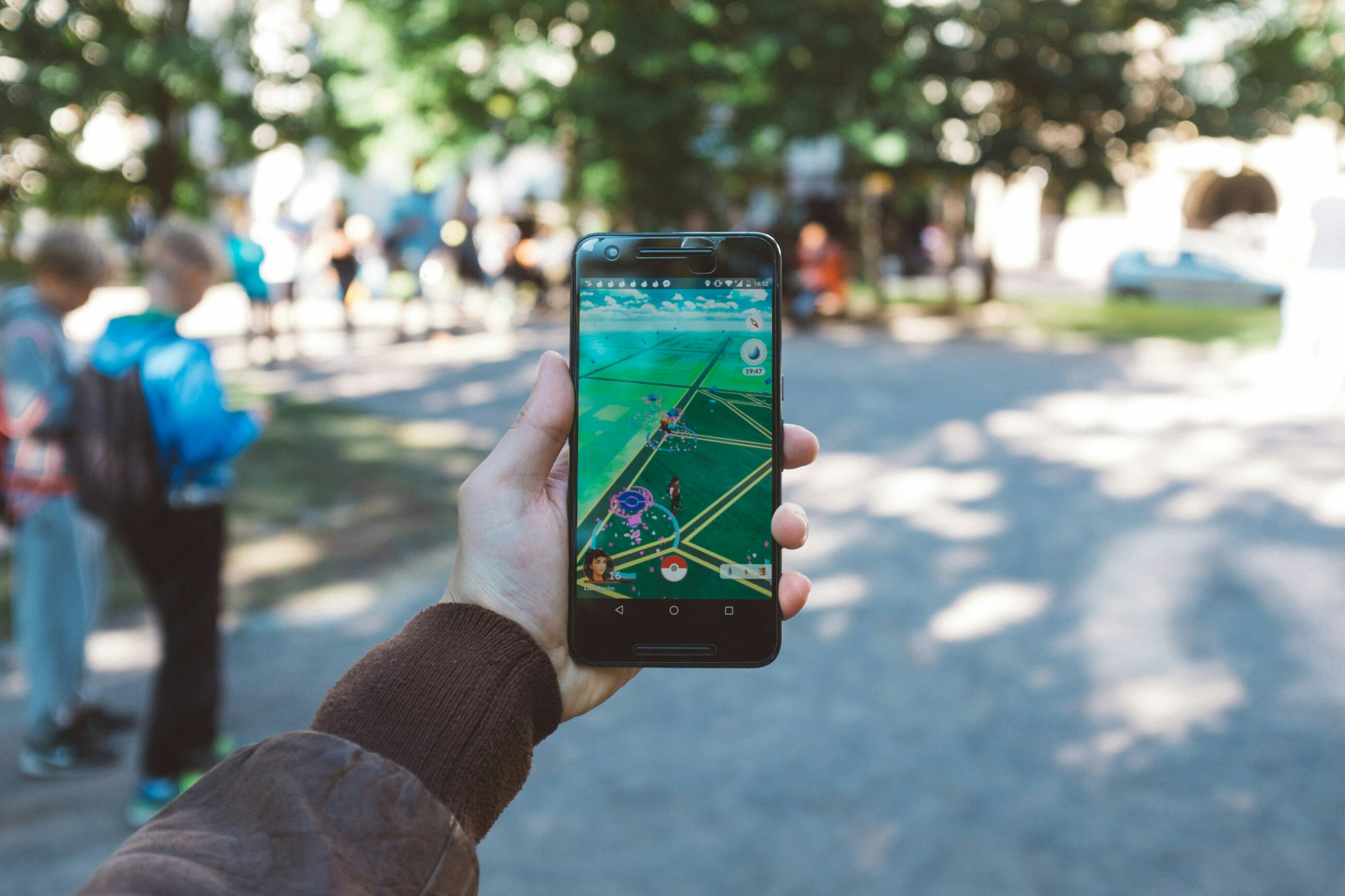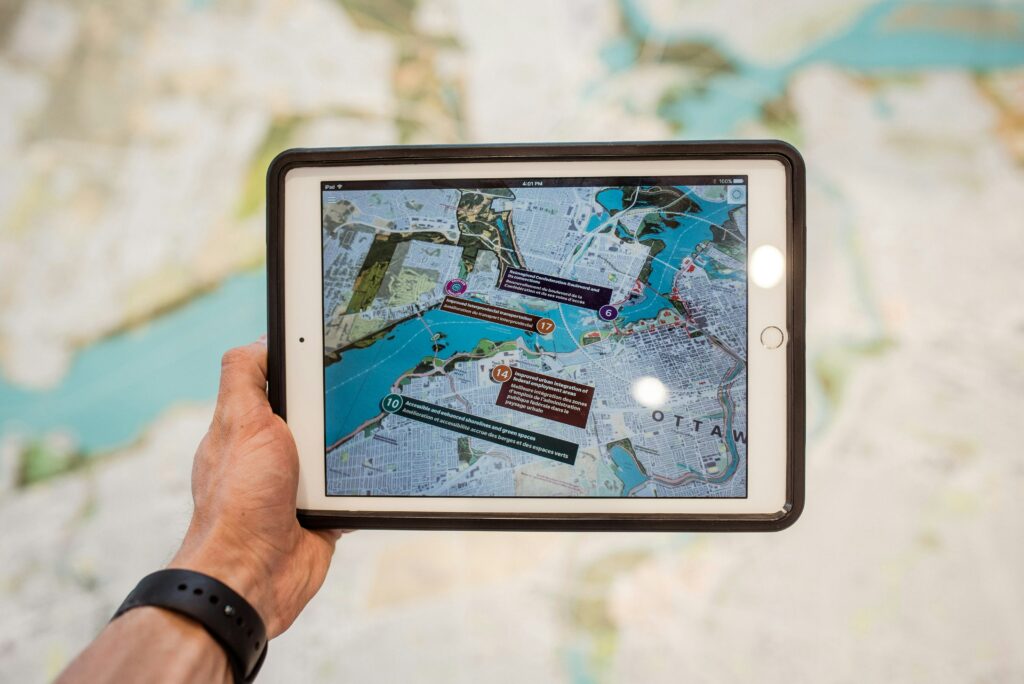Enhancing the virtual campus tour
When Google introduced StreetView into Maps, it mesmerized its users by being able to virtually walk down your street with 360 views. But that was back in 2007, and things have come a long way since then. AR can enhance virtual campus tours by pointing their device at a floor plan or map on the university website, and be given 3D models of campus buildings, hear audio descriptions, and explore campus hotspots as if they were walking around themselves. Companies like Orinix or HoverLay can develop personalized AR experiences to bring your campus inside people’s homes.
Gamifying in-person visits
One of the biggest draw cards for augmented reality is blending the physical world with the digital. For in-person campus visits, gamifying your campus tour through scavenger hunts where students solve puzzles or collect digital tokens as they explore, is a great way for your visitors to engage more deeply with the environment around them. If you need some inspiration, the University of Oklahoma provides a similar experience through its Augmented Reality Tour App, which does a great job of keeping students engaged.
Making print collateral interactive
The capability of AR can breathe life into the dying media of print. The usual focal points of brochures and prospectuses can now be vibrantly animated. This example by Ravensbourne University in the UK is just the tip of the iceberg in terms of how AR can make your print content pop. With a quick scan of your brochure, a student ambassador can take form in hundreds of living rooms, simultaneously. Or, the scientific equipment in your biology labs can now be rendered in a 1:1 scale and interacted with. This is far more engaging than a simple snap of your 3D printer.
Social Integration
SnapChat is undoubtedly the leader in the social integration of AR. If you’ve seen endless selfies of people with dog ears on, it’s likely it was on SnapChat. Now, Snap (how Gen Z and Alpha refer to it) are turning their Lens feature into engaging customer experiences for brands. Take their Try On feature, for example. Instead of jewelry or sneakers, imagine students trying on your mascot’s costume or even checking out how they look in your university’s merchandise. These interactions all move towards a sense of community and provide the personal touch that Gen Z are crying out for.
In the face of traditional marketing efforts, AR technology can look intimidating to even the most outlandish university marketer. But what comes with working in higher ed is the constant need to innovate to vie for the attention of Gen Z and Alpha. This can be daunting, but also exciting and inspiring. By using AR, university marketers can connect with their student audience in fun and engaging new ways. Because, at the end of the day, college is meant to be exactly that – fun!
If you are looking to build innovation into your higher ed strategy, it’s always best to partner with an experienced industry leader. Get in touch to find out how we can help.





